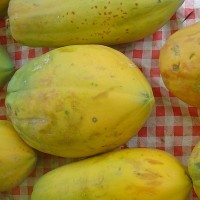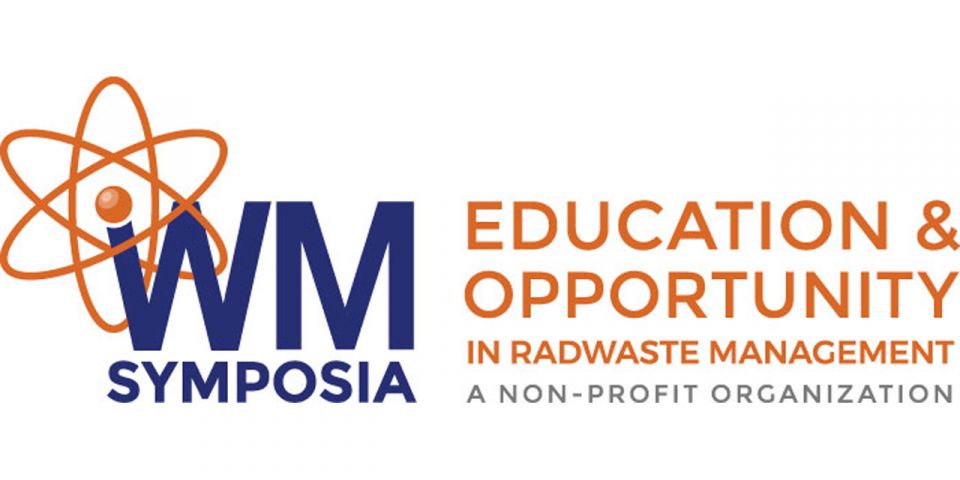Today, 15 million-18 million pounds of irradiated ground beef and poultry are marketed in the United States annually. Schwan's and Omaha Steaks have chosen to irradiate 100 percent of their raw ground beef. Ground beef sales at Omaha Steaks have doubled. Wegman's, a Rochester, N.Y.-based retailer with more than 80 stores in New York, Pennsylvania, Maryland, has offered fresh irradiated ground beef as a value-added product since 2000.
These highly respected food companies have made the decision to irradiate ground beef because of serious concerns about foodborne illness from E. coli and salmonella. The U.S. Centers for Disease Control and Prevention (CDC) estimate that each year roughly one out of six Americans (or 48 million people) become ill from food; 128,000 are hospitalized and 3000 die.

Tauxe
Robert Tauxe of the the CDC estimates that if 50 percent of poultry, ground beef, pork, and processed meats in the United States were irradiated, the potential benefit of the irradiation would be a 25-percent reduction in the morbidity and mortality rate caused by these infections. This estimated benefit is substantial, as irradiation could prevent nearly 900,000 cases of infection, 8500 hospitalizations, more than 6000 catastrophic illnesses, and 350 deaths each year in the United States.

Papaya
While the volume of irradiated meat and poultry sold is holding steady, the amount of irradiated produce is growing rapidly. Estimates are that in 2010 about 15,000 metric tons (35 million pounds) of irradiated fresh produce was consumed in the United States. This volume includes papaya, longans, lychees, and Okinawa sweet potatoes from Hawaii, mangoes, guavas and boniato sweet potatoes from the southeastern United States, mangoes from India and Mexico, guavas from Mexico, dragon fruit from Vietnam, and other items. Australia has become a leader in food irradiation and has seen exports of irradiated mangoes to New Zealand triple in the past three years.
It is estimated that one-third of commercial spices-about 175 million pounds-are irradiated and consumed in the United States. This volume will grow because of recent food safety concerns involving contaminated spices. Rapid worldwide growth is also occurring in the irradiation of pet treats and animal feed because of salmonella concerns.
While irradiation is being used to protect public health by eliminating harmful bacteria and to access new markets by destroying unwanted pests, there is a growing need to use irradiation as a tool to prevent food spoilage by extending shelf life of produce and other foods, especially in developing countries. With 30 percent-50 percent of the food we produce being wasted before it reaches the consumer, the time has come to use irradiation as a tool to extend shelf life and reduce world hunger. While food irradiation remains an underutilized technology, it is an important tool that will make our food safer, keep food fresh longer, prevent insect infestation, and eliminate phytosanitary concerns so that fruits and vegetables can be exported to global markets.

Eustice
Ronald Eustice has served since 1990 as executive director of the Minnesota Beef Council. Among his numerous important contributions to agriculture, food production, and public safety is the demonstration of the effectiveness of irradiation technology in eliminating the scourge of E. coli O157:H7 in meat and produce. He is a new contributor to the ANS Nuclear Cafe.











